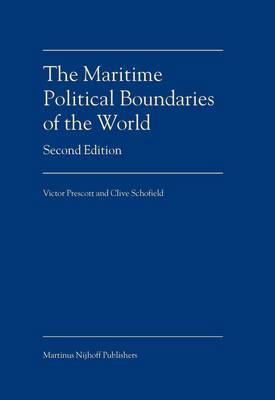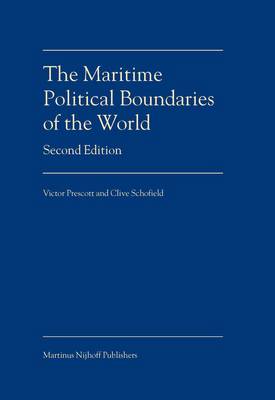
- Afhalen na 1 uur in een winkel met voorraad
- Gratis thuislevering in België vanaf € 30
- Ruim aanbod met 7 miljoen producten
- Afhalen na 1 uur in een winkel met voorraad
- Gratis thuislevering in België vanaf € 30
- Ruim aanbod met 7 miljoen producten
Zoeken
€ 439,95
+ 879 punten
Omschrijving
This book addresses the often vexed question of national maritime claims and the delimitation of international maritime boundaries. The number of undelimited international maritime boundaries is much larger than the number of agreed lines. The two boundaries that define the marine domain of coastal states are examined. First, the baselines along the coast may consist of low-water lines or straight lines or a combination of both. When straight lines are used they define the seaward limit of the state's internal waters. Second, the outer limits of claims to territorial seas, contiguous zones and exclusive economic zones are measured from the baselines. All states will have to delimit at least one international boundary with a neighbouring state, whether adjacent or opposite. In confined seas no state can claim the full entitlement and must negotiate international boundaries with all neighbours. Many states bordering oceans can claim the full entitlement seawards, although they will need to delimit national boundaries with adjacent neighbours.
Specificaties
Betrokkenen
- Auteur(s):
- Uitgeverij:
Inhoud
- Aantal bladzijden:
- 680
- Taal:
- Engels
Eigenschappen
- Productcode (EAN):
- 9789004140660
- Verschijningsdatum:
- 3/12/2004
- Uitvoering:
- Hardcover
- Formaat:
- Genaaid
- Afmetingen:
- 188 mm x 244 mm
- Gewicht:
- 1333 g

Alleen bij Standaard Boekhandel
+ 879 punten op je klantenkaart van Standaard Boekhandel
Beoordelingen
We publiceren alleen reviews die voldoen aan de voorwaarden voor reviews. Bekijk onze voorwaarden voor reviews.











